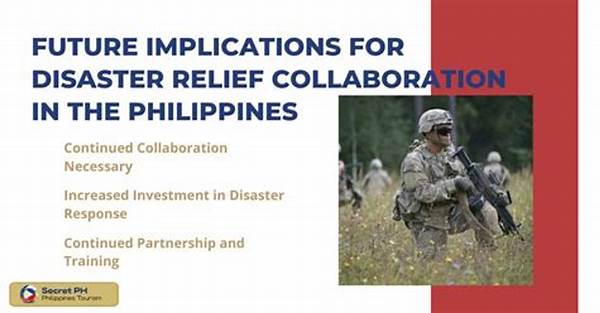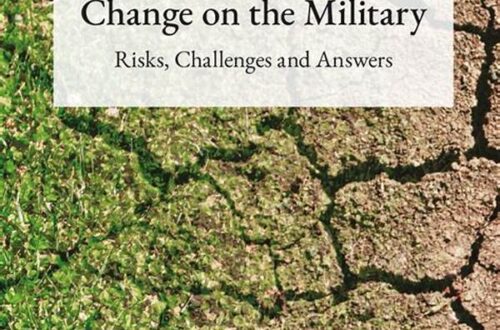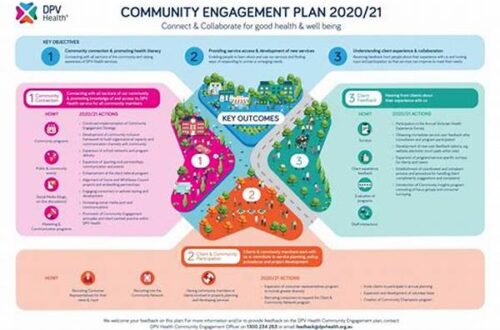In addressing the multifaceted challenges posed by natural disasters, the military often assumes a pivotal role in ensuring effective disaster management. The collaborative efforts in military disaster management have become an essential element for successful response and recovery operations. This holistic approach necessitates coordination across military branches, government agencies, humanitarian organizations, and local communities. The synergy forged through these collaborations ensures a comprehensive and coherent disaster management strategy, enabling robust preparedness and efficient execution of relief efforts.
Coordinated Strategies and Frameworks
The collaborative efforts in military disaster management hinge significantly on the establishment of coordinated strategies and frameworks. It is imperative that these efforts are meticulously organized to leverage the strengths of each stakeholder involved. Through joint training exercises and shared communication systems, the military can proficiently align its operations with other responders. This synchronization facilitates timely information exchange, enabling informed decision-making processes. Collaborative efforts, thus, transform disparate entities into a cohesive force capable of addressing the exigencies of disaster scenarios. Moreover, embedding these efforts within international frameworks enhances mutual understanding and extends the geographical reach of support operations. Consequently, the framework ensures that resources are deployed efficiently, interventions are timely, and communities are shielded from the prolonged impacts of disasters.
Integrated Resource Management
Efficient resource allocation stands as a cornerstone of collaborative efforts in military disaster management. This cooperation extends to the logistical and operational aspects, as military assets, such as transport and medical equipment, are coordinated with civilian resources. Such an alignment ensures redundancy is minimized, and the effectiveness of relief operations is maximized. Furthermore, the strategic amalgamation of expertise enables the military and its partners to address complex challenges proficiently, paving the way for sustainable recovery and rebuilding processes.
Bridging Civil-Military Gaps
The success of collaborative efforts in military disaster management also relies heavily on bridging civil-military gaps. Effective communication channels between military entities and civilian agencies serve to foster trust and mutual respect. By establishing reliable conduits for interaction, military personnel can better understand civilian protocols, while agencies gain insight into military command structures. This symbiotic relationship is crucial for achieving a unified effort in disaster response, ultimately benefiting affected populations.
Technological Advancements in Collaboration
The advent of advanced technologies strongly supports collaborative efforts in military disaster management. By employing innovative tools such as satellite imagery, drones, and real-time communication platforms, military operations can be synchronized with those of civilian responders. These technologies enhance situational awareness, streamline logistics, and accelerate response times, thereby strengthening the impact of collaborative disaster management initiatives.
Building Resilient Infrastructure
Another vital aspect of collaborative efforts in military disaster management is the enhancement of infrastructure resilience. Joint efforts in infrastructure development aim to fortify critical facilities, such as hospitals and communication networks, against the onslaught of natural disasters. Through collaboration, military engineering capabilities are augmented by civilian expertise, resulting in robust structures that are well-equipped to withstand adverse conditions. This resilience not only mitigates immediate disaster impacts but also supports long-term community stability.
Enhancing Training and Education
Comprehensive training and educational programs are integral to the collaborative efforts in military disaster management. These initiatives aim to equip military personnel and civilian responders with the knowledge and skills necessary to address disaster scenarios effectively. By conducting joint training exercises, stakeholders develop a cohesive understanding of roles, responsibilities, and best practices. This shared learning experience promotes adaptability and synergy among disaster response teams, which is critical for optimizing relief operations.
Summary of Collaborative Efforts in Military Disaster Management
In summary, the collaborative efforts in military disaster management are indispensable for effective disaster response and recovery. By integrating military capabilities with those of civilian agencies and humanitarian organizations, a unified approach is formed, ensuring comprehensive disaster preparedness and intervention. These collaborations facilitate strategic resource allocation, enhance communication channels, and promote technological advancements, all of which are pivotal in addressing disaster challenges. The resulting synergy not only increases the efficiency of response efforts but also supports resilient infrastructure development, bridging civil-military gaps, and fostering a culture of preparedness. Hence, the collaborative efforts in military disaster management provide a robust framework, ensuring that affected populations receive timely, effective, and coordinated assistance.





